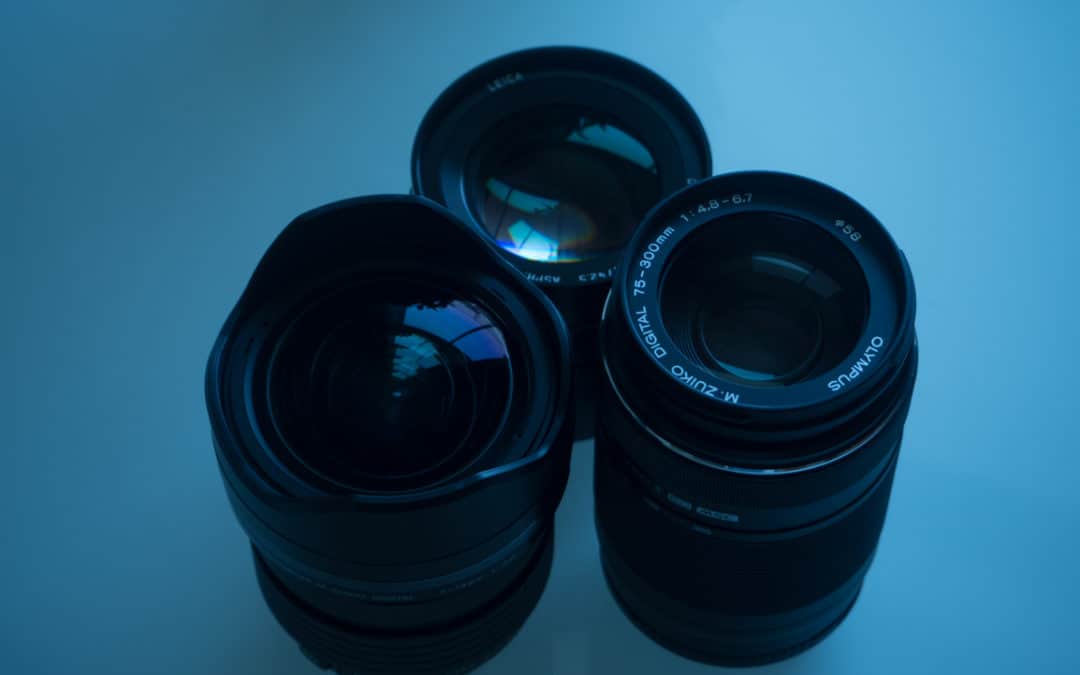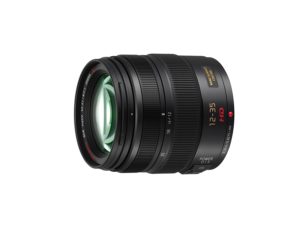The micro four-thirds system has seen a surge in the availability of new lenses. This system with a crop factor of 2x, are at a handicap to find workable wide angle lenses. The 2x crop takes most lenses beyond the 50mm threshold. However, the ultra-wide angle focal length lenses ensure that you have a few workable landscape lenses to choose from. In this review we look at the best wide angle landscape lenses designed for the micro four-thirds system.
# 1 – Olympus M.Zuiko Digital ED 12-40mm f/2.8 PRO lens
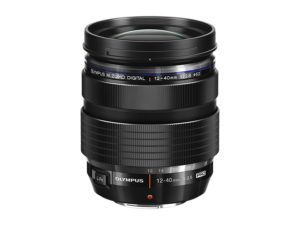 This wide angle medium tele-lens has a focal length of 12-40mm. When mounted on a 2x crop MFT system the effective focal length becomes the equivalent of a 24 – 80mm. It covers the essential focal length range that promises great landscape photos. The maximum aperture possible on the lens is a wide f/2.8 which promises nice bokeh. The lens diaphragm is made up of 7 rounded blades. Ideal for bokeh too. But bokeh isn’t a priority for landscape shooting though. What is, however, is the capability of the lens to produce distortion free images. The 12-40mm f/2.8 comes with 1 aspherical ED & 2 standard aspherical elements. These suppresses aberrations which are quite usual for wide angle lenses. Apart from these the lens also has 1 DSA, 2ED, 1HD and 2 HR lens elements. These elements produces better clarity and color in the frames. ZERO coating has also been provided to suppress lens flares and ghosting common with wide aperture lenses. The lens has a unique focus clutch mechanism that needs a bit of getting used to. The best bit is that the lens comes in a tough weather resistant construction that promises workability even in the worst of weather conditions. It’s available for order on Amazon.
This wide angle medium tele-lens has a focal length of 12-40mm. When mounted on a 2x crop MFT system the effective focal length becomes the equivalent of a 24 – 80mm. It covers the essential focal length range that promises great landscape photos. The maximum aperture possible on the lens is a wide f/2.8 which promises nice bokeh. The lens diaphragm is made up of 7 rounded blades. Ideal for bokeh too. But bokeh isn’t a priority for landscape shooting though. What is, however, is the capability of the lens to produce distortion free images. The 12-40mm f/2.8 comes with 1 aspherical ED & 2 standard aspherical elements. These suppresses aberrations which are quite usual for wide angle lenses. Apart from these the lens also has 1 DSA, 2ED, 1HD and 2 HR lens elements. These elements produces better clarity and color in the frames. ZERO coating has also been provided to suppress lens flares and ghosting common with wide aperture lenses. The lens has a unique focus clutch mechanism that needs a bit of getting used to. The best bit is that the lens comes in a tough weather resistant construction that promises workability even in the worst of weather conditions. It’s available for order on Amazon.
# 2 – Panasonic Lumix GX Vario 12 – 35mm f/2.8 II ASPH.POWER O.I.S.
This micro four-thirds system lens comes with focal length of 12 – 35mm. The crop factor of the lens makes this a 35mm format equivalent focal length of 24 – 70mm. The maximum constant aperture of the lens is f/2.8. A rounded 7-blade aperture helps in creating nice bokeh. The widest aperture is not what you would be shooting in though. Stopped down the lens is sharp. The internal construction of the lens consists of four aspherical elements, one UED element and one UHR element. The Nano surface coating of the lens ensures flares and ghosting are suppressed. The aspherical elements suppress aberrations and distortions which are normal in wide angle lenses. The 12-35mm also comes with what Panasonic states as Power O.I.S. The power O.I.S. is a tool for hand-held shooters. It reduces blur when shooting with slower shutter speeds. The mechanism is compatible with Panasonic’s body based Dual I.S. system which is available on select Panasonic Lumix cameras. Finally, the lens has great weather sealing. It is able to resist inclement weather giving you extra protection should you choose to shoot even when conditions are not perfect.
# 3 – Olympus M.Zuiko Digital ED 12-100 f/4 IS PRO lens
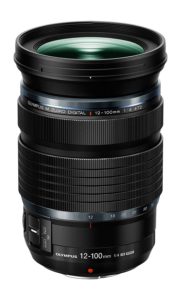 With a focal length of 12 – 100mm, which on a 35mm sensor format becomes the equivalent of 24 – 200mm, this lens is effective for a wide range of photography. You could shoot wide angle as well as little bit of birding and a lot of portraiture as well with this lens. The maximum aperture of the lens is a constant f/4. That is a good thing if you would like to keep the same DoF across the focal length. Externally the lens has good weather sealing. The internal construction of the lens includes aspherical elements as well as 5 extra low dispersion elements, 2 Super HR elements and 1 HR elements. These takes care of spherical aberrations as well as distortions. Apart from these the lens also comes with ZERO coating Z coating Nano. These two are responsible for suppressing ghosting and flares which are common when shooting wide open with a short focal length. The M.Zuiko Digital ED 12 – 100 f/4 comes with Movie and Still Compatible auto-focusing mechanism. The AF system performs admirably when shooting both. A manual focusing clutch allows manual focus adjustment. It requires a slight getting used to as the system is slightly different to regular manual focusing systems. Finally a lens based image stabilization system that works in tandem with Olympus’ 5-axis sensor-shift image stabilization mechanism. Together this system produces 6.5 stops of image stabilization. Comes in handy when shooting hand-held. It will cost you about $1200.
With a focal length of 12 – 100mm, which on a 35mm sensor format becomes the equivalent of 24 – 200mm, this lens is effective for a wide range of photography. You could shoot wide angle as well as little bit of birding and a lot of portraiture as well with this lens. The maximum aperture of the lens is a constant f/4. That is a good thing if you would like to keep the same DoF across the focal length. Externally the lens has good weather sealing. The internal construction of the lens includes aspherical elements as well as 5 extra low dispersion elements, 2 Super HR elements and 1 HR elements. These takes care of spherical aberrations as well as distortions. Apart from these the lens also comes with ZERO coating Z coating Nano. These two are responsible for suppressing ghosting and flares which are common when shooting wide open with a short focal length. The M.Zuiko Digital ED 12 – 100 f/4 comes with Movie and Still Compatible auto-focusing mechanism. The AF system performs admirably when shooting both. A manual focusing clutch allows manual focus adjustment. It requires a slight getting used to as the system is slightly different to regular manual focusing systems. Finally a lens based image stabilization system that works in tandem with Olympus’ 5-axis sensor-shift image stabilization mechanism. Together this system produces 6.5 stops of image stabilization. Comes in handy when shooting hand-held. It will cost you about $1200.
# 4 – Panasonic Leica DG Vario-Elmarit 8- 18mm f/2.8 – 4 ASPH. Lens
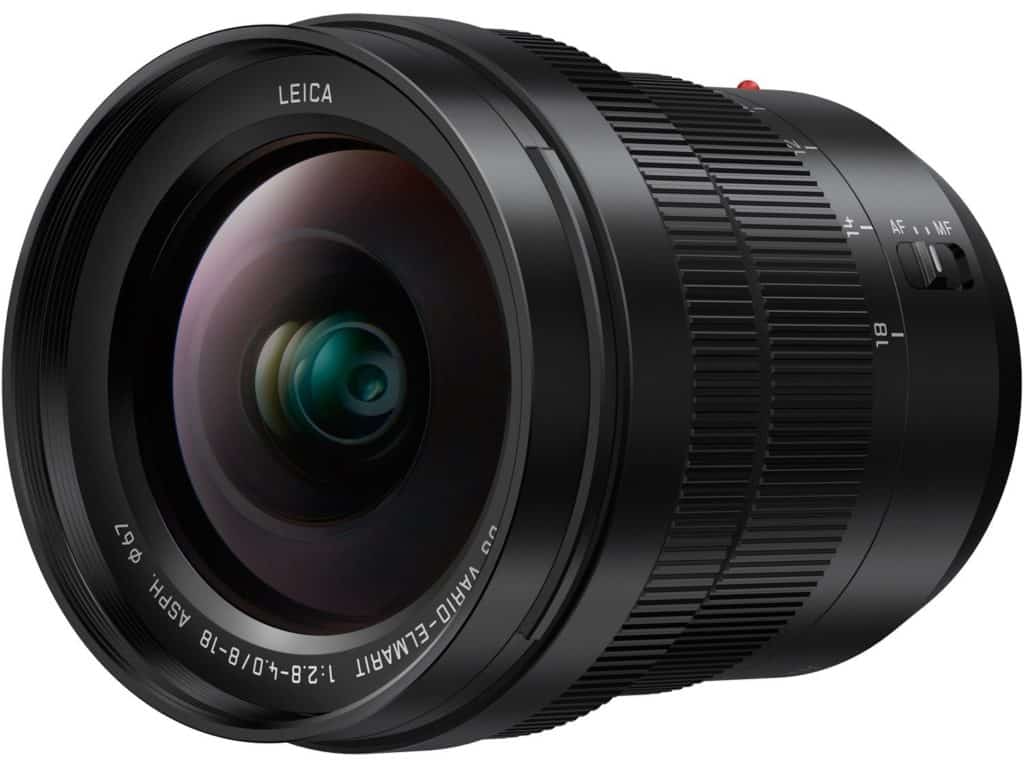
The Panasonic Leica DG Vario-Elmarit 8-18mm f/2.8 – 4 ASPH lens is designed as an ultra-wide angle lens for the micro four-thirds system. It gives the same angle of view as a 16-36mm lens mounted on a 35mm system. The aperture range of the lens f/2.8 – 4. Please note that the aperture range is not fixed. That may not be a deal breaker for you if you plan to use this predominantly as a landscape lens. The lens aperture diaphragm is composed of 7 rounded blades. This is because you would be shooting at around f/8 or smaller anyways. The lens construction consists of a total of 1 Aspherical ED, 3 aspherical, 2 ED elements and 1 UHR element. Additionally, the lens has Nano coating. This is the best in the segment coating which ensures that flares and ghosting are reduced. This ensures that the lens is able to produce a much greater amount of contrast even when shooting in broad daylight and even when the sun is lower in the horizon. The lens has good construction quality. It is waterproof, dustproof and freeze proof, giving you a much wider working spectrum than traditional non weather-proof lenses.
# 5 – Olympus M.Zuiko Digital ED 7 – 14mm f/2.8 PRO lens
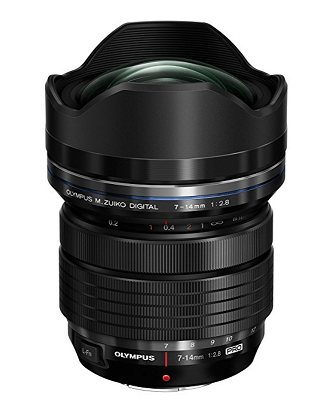
Olympus 7/14mm f2.8 PRO
This is one of the best lenses I’ve personally owned!
Micro four-third system cameras have a crop factor of 2x. That makes all lenses that are compatible with the format to have their crop factor doubled. The same way this 7 – 14mm lens has an effective focal length of 14 -28mm equivalent to the 35mm format. Maximum aperture of the lens is a constant f/2.8 which is great for low light photography. Though for our purpose we are concerned with the smaller aperture of the lens. The 7-14mm’ internal construction consists of 3 aspherical elements, 1DSA, 4 ED and 2 HR elements. Together these elements suppress any chromatic and other aberrations. Plus, the ZERO lens coating ensure that the lens suffers less from flares and ghosting and those sort of things. Olympus uses a type of auto-focusing which is known as MSC or Movie & Still compatible AF system. This system will work exceedingly well when shooting both. Weather resistance construction ensures that you can use the lens in almost all weather conditions. A built-in petal shaped lens hood ensures that you have an extra bit of protection against any possible bumps or knocks; either when it is in use or when it is being transported.
# 6 – Olympus M.Zuiko Digital ED 14 – 42mm f/3.5 – 5.6 EZ lens
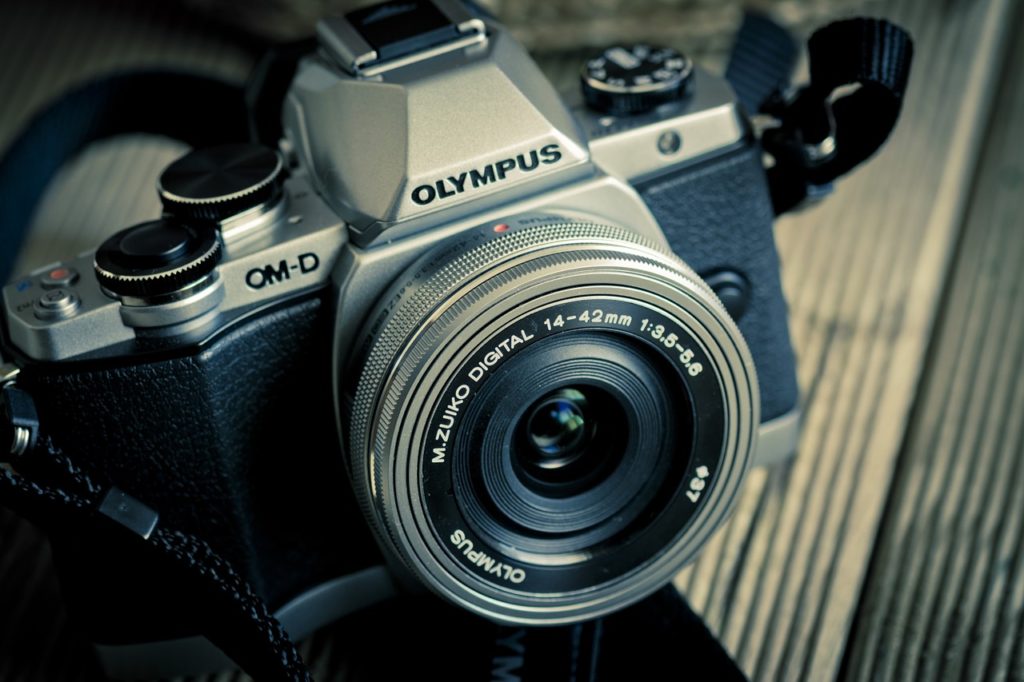
One of the cheaper wide angle lenses, the Olympus M.Zuiko Digital ED 14 – 42mm has 35mm equivalent focal length of 28 – 84mm. The focal length of the lens is perfect for shooting a wide spectrum landscape shots, architecture as well as other imagery which requires a wide angle lens. The aperture range of the lens is f/3.5 – f/22. The aperture that you need to shoot, however, is the f/8 to f/11 range that should ideally give you the perfect depth of field for capturing great landscape photography. The internal construction of the lens includes 3 aspherical elements, one ED and one S-HR element. Lens aberrations and distortions are controlled by these. Lens flares and ghosting are suppressed by ZERO (Zuiko Extra Low Reflection Optical) lens coating. The auto-focusing mechanism is powered by a MSC system. Additionally, the lens’ zoom control is powered by an electronic control mechanism. This ensures that the lens performs exceedingly well when you turn the zoom ring. The result is smooth zooming perfect for shooting videos. The form factor is of importance too. This is a pancake lens in the true sense of the word.
